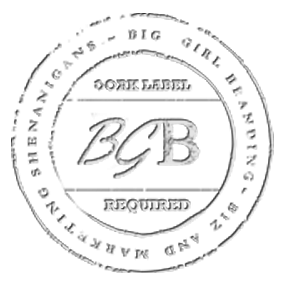You all know I’m a writer by trade. So when it comes to taking the leap into self-employment, writing has been my bread and butter. Specifically writing for the web. The bulk of my clients are people looking for digital content like articles, blog posts, ebooks, press releases, bios, web copy and more. Tavis is joining us with a guest post on some tips for those of you aspiring to write...
You Might be an Ick Writer If…
It’s come to my attention after my first stint on ProBlogger that I’m NOT the only writer on the planet that likes to write naked and eat lots of ice cream and chocolate. And by write naked I mean fully clothed but like… totally vulnerable and authentic. HA! You thought I really meant naked didn’t you. Dirty. Really though, I’ve decided a writers club is in order. “The Naked Writers Generation...
Universal Laws of Good Copywriting Part 4
Congratulations – you’ve made it to the final article in this series of copywriting rules. Here is Part 3 in case you missed it. By the time you’re done here, you should have an excellent idea of how to craft the best possible sales letter, using the most triggers possible. Here’s a quick refresher of what we’ve gone through so far: * Set out writing to one person. * Use your prospect’s language...
Universal Laws of Good Copywriting Part 2
In Part 1 of this series, we went over some important copywriting “rules” to follow in order to have the best possible copywriting material. To refresh your memory, these rules were: * Set out writing to one person. * Use your prospect’s language. * Use emotion. In this article, I'm going to go through and give you even more tips you can use to make the most compelling sales material possible...

